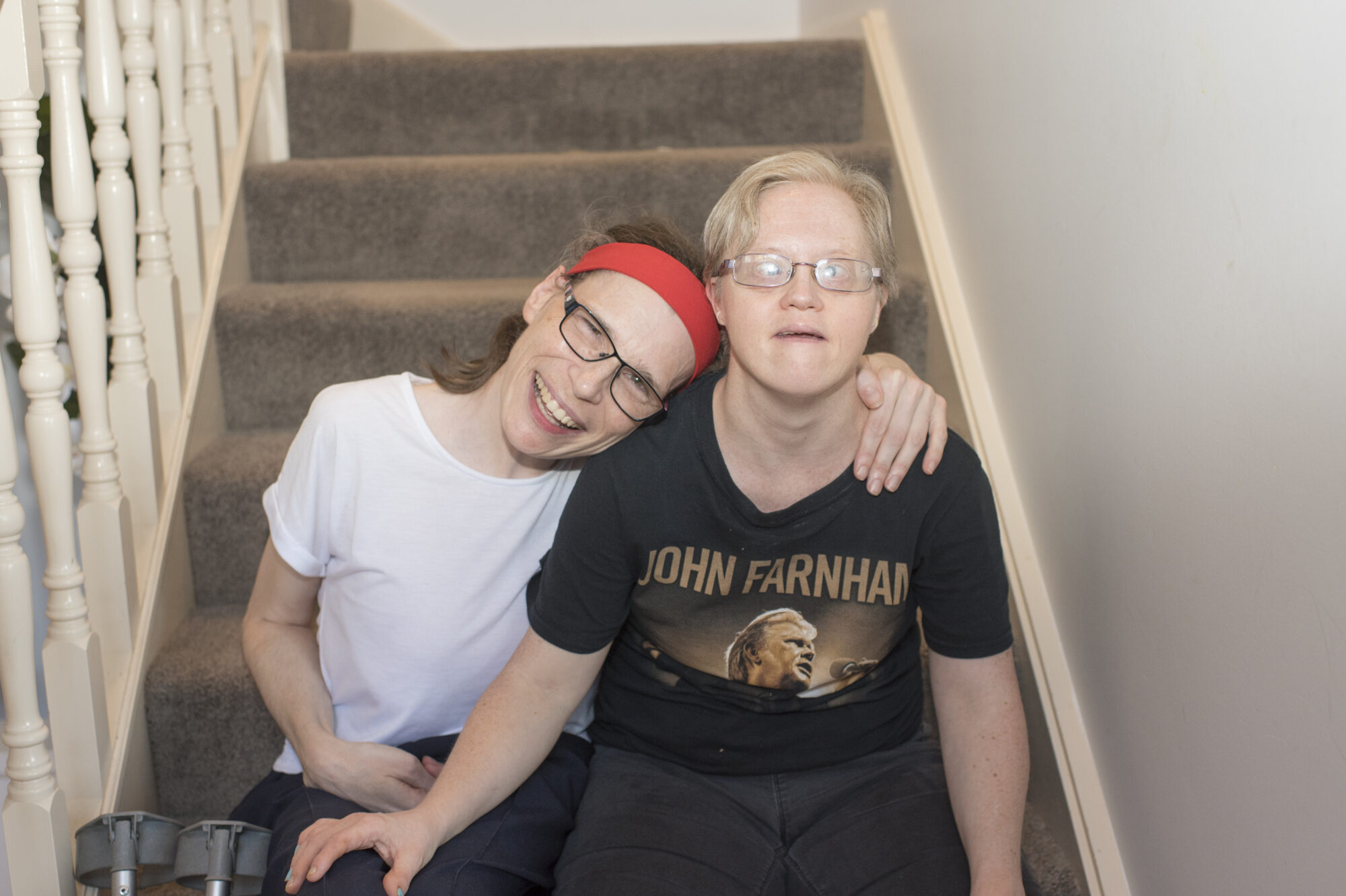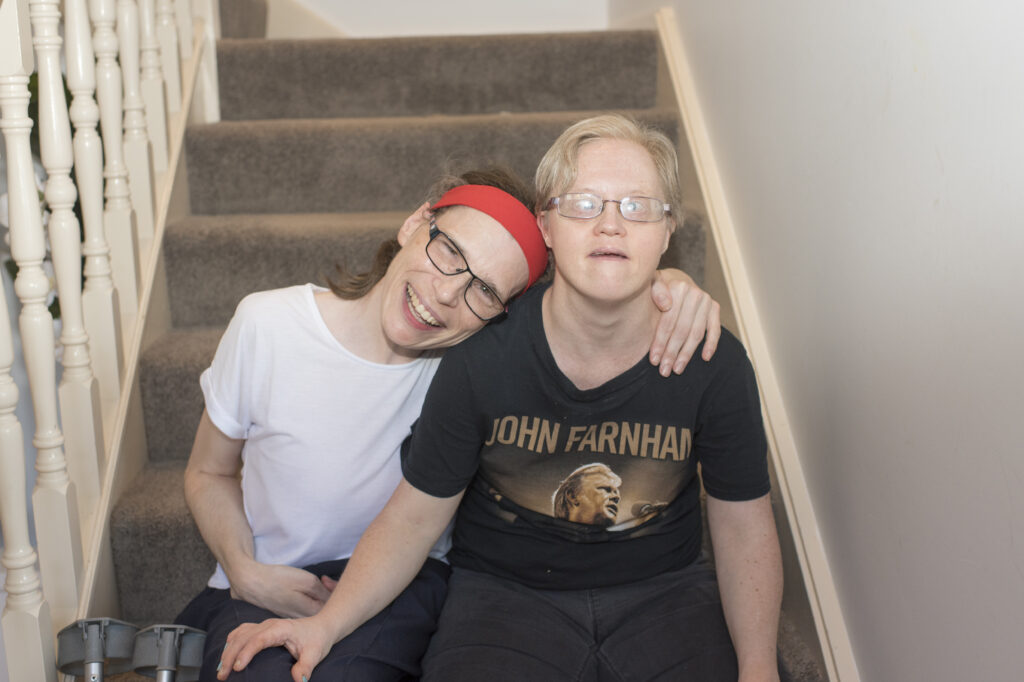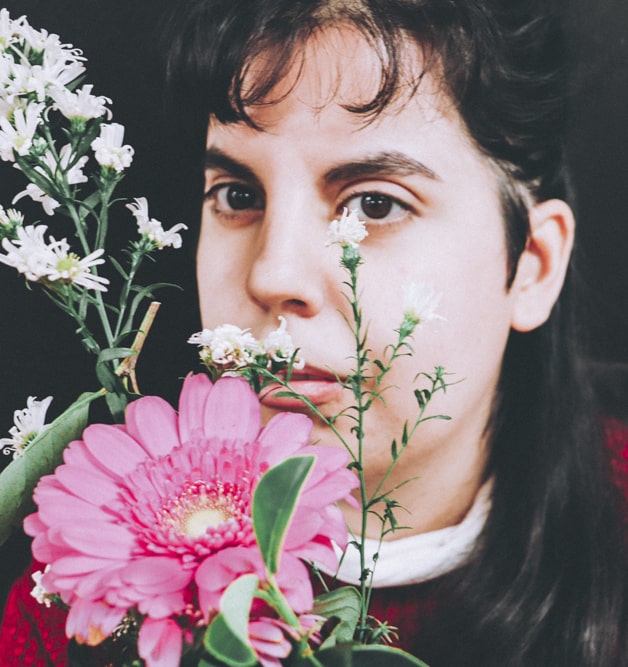
When it comes to home and living, there’s a new word on everyone’s lips. But what exactly is ILO, and how does it differ to other home and living supports?
When the NDIA updated their price guide in July 2020, they introduced two new line items, designed to introduce new options and alternative ways of living for people with disability. This was the first time many participants and providers had heard about Individualised Living Options (ILOs), but for those over in Western Australia (WA), the introduction of ILOs to the price guide was nothing new. That’s because what the NDIA is now referring to as Individual Living Options have their foundations in ‘Individual Supported Living’ – something that has been pioneered and researched in WA for many years.
Now, however, ILO is being made available to wider Australia. So what are Individual Living Options, and how do they fit in to the wider home and living environment?
An holistic approach to home and living
The first thing to understand about Individual Living Options, is that they are not a housing alternative, and are not driven by the accommodation itself. Rather, ILO is an approach to delivering an holistic package of supports that support a person to live in a way that suits them. The package of supports that is delivered as part of an ILO will include a housing solution, but this is delivered following a comprehensive review of the individual’s preferences, strengths, assets, support requirements, informal and community supports. As the NDIA price guide states, “an ILO is the support provided and not the accommodation itself.”
You might have picked up on the fact that there are two line items that relate to ILO in the current price guide. These help explain the approach to building an ILO:
- Exploration and Design
What makes an ILO such an individual approach is the detailed exploration and design that goes into researching and proposing the most suitable home and living option for each participant.
Typically, the exploration and design phase will take between 30 and 50 hours, during which a qualified ILO coordinator will work with the participant and their family to explore all aspects of their life with the goal being the creation of an ILO quote that documents a package of supports that will promote belonging and connection, independent living and self-determination. This exploration is not designed to be delivered by a Support Coordintor. Rather, it’s designed to be provided by providers experienced in co- and human centred design approaches.
During the exploration an ILO provider will:
- explore the vision of the participant for their future home and support them and their family in understanding the full range of options as to how a participant can be supported in the community;
- gain an understanding of a participant’s strengths, with a focus on what they can do, and an understanding of how informal, formal and community supports will play a role in the participant’s life, and build on this to design the individual support package;
- identify strategies to help the participant choose where to live, who to live with and how they are supported;
- find out what is possible and assess risks in the context of the participant’s preferred way of living, and explore if there could be other options that might suit better; and
- design and make decisions with the participant and others about the options.
2. Support Model
At the end of the initial exploration and design, the ILO provider will be able to compile an ILO ‘quote’, which outlines a personal and detailed package of supports to be funded and delivered. This is funded to the participant under the Support Model line item. This funding can then be used flexibly to provide the combination of formal and informal supports that make up the package, and to fund the ongoing monitoring and redesign of the package that is crucial to the ongoing sustainability and success of the ILO.
Example Living Arrangements
Ultimately, ILO will deliver a living arrangement to each participant. And here, it’s important to understand the difference between SIL and ILO.
SIL refers to the 24/7, rostered supports delivered, typically in a shared living environment, that supports individuals to live more independently. SIL is typically provided in an SDA environment, or private rental, and the participant has both tenancy and support agreements in place.
ILO living arrangements do not encompass 24/7 rostered supports, and tend to place a focus on informal supports and networks. The accommodation (or bricks and mortar) itself may vary, from home ownership to community housing.
Whilst these living arrangements could be anything that suits the individual, there are a few common arrangements that can be delivered as part of an ILO package:
- Co-Residency – support resides full time or part time in the participant’s home
- Host Arrangements – participant resides full time in the home of a non related host who provides support
- Living Alone – support is provided in the home of the participant in a variety of ways
- Living Together – participant lives with other people of their choice and receives support

ILOs typically outline a primary model of support, but also detail secondary supports. For example, someone living in a co-residency will have a co-resident living with them and an agreement in place that the co-resident provides some supports. There may be a secondary arrangement in place so that the participant has, for example, access to assistive tech, a ‘friendly neighbour’, some rostered supports, or an on-call service, at certain times of the day, to supplement the support. In this scenario, an ongoing monitoring and redesign element would be needed to assist the participant in securing, screening and employing a co-resident, replacing them if the arrangement falls through, and in continually assessing how well the arrangement is going. Like any of us, our needs change over time, and the ability to redesign and review the arrangement is crucial to the success of the model.
Who is ILO for?
While there are no guidelines or handbooks yet released from the NDIA (we hear they will be published imminently), it is clear that ILO is not designed for individuals who are able to live in the community with good planning and drop in supports in place.
Neither is ILO designed for anyone who requires 24/7, rostered supports. Rather, ILO tends to fit somewhere in between, in the grey space between SIL and independent community living.
ILO is also being recommended by the NDIA at different life stages and to meet different needs. Examples of this include those at risk of homelessness, who have been in temporary or emergency accommodation and are seeking a place and sense of belonging; those who have turned 18 and are entering a new, independent life phase and looking to move out of home; and those in a shared living arrangement who now want more control over where they live.
Principles at the heart of ILO
Ultimately, ILO is designed to build the following:
- Belonging and connection
- Independent Living
- Self Determination
- Flexibility
- Choice
- Trust
What next?
If you have questions relating to ILO, we can help by answering them or connecting you with others. Contact us today on 1300 MYCIVIC or by emailing enquiries@civic.org.au.


